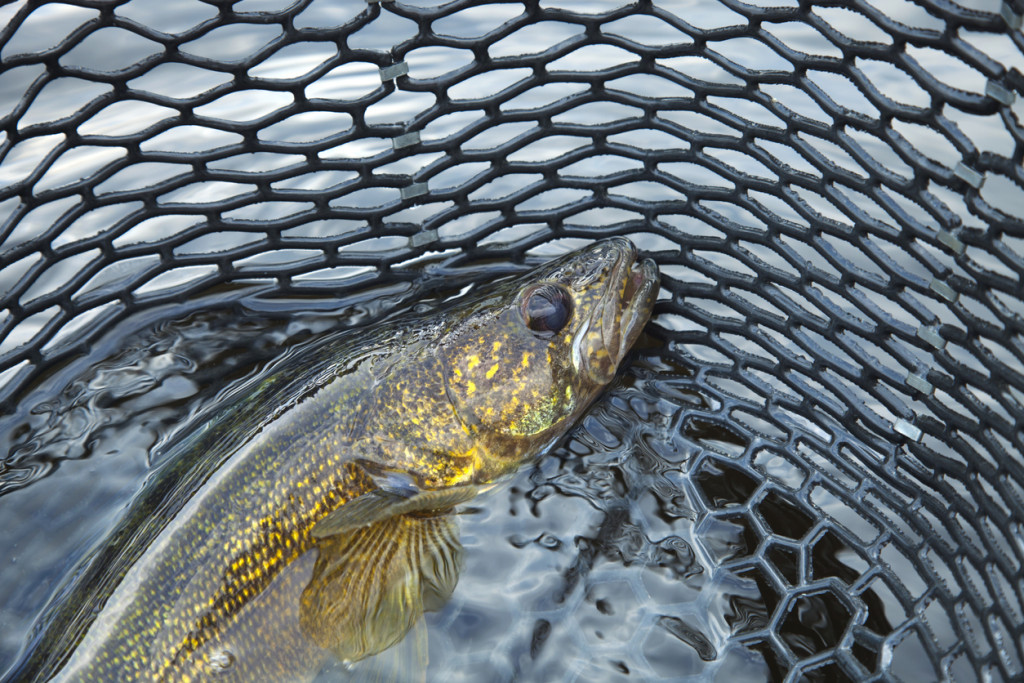1. Spearfishing Controversy | Milwaukee Public Museum
In 1996, Wisconsin's six Ojibwe bands declared they would take 100 percent of the safe harvest of walleye on some lakes, which they were entitled by law to do.
During the 1980s and early 1990s, there were many violent clashes in northern Wisconsin over the issue of Ojibwe spearfishing.
2. How do the Ojibwe protect walleye populations? [Others] - Gauthmath
12 feb 2023 · The Ojibwe protect walleye populations through a combination of traditional ecological knowledge, sustainable fishing practices, ...
s: a. 2 terms b. 3 terms c. 1 term d. 4 terms
3. [PDF] Keeping a Steady Population Middle School Literacy
To keep a healthy lake, the Ojibwe want to make sure that new walleye balance out the walleye that die or are caught. Population surveys, where they sample ...
4. Fisheries - Leech Lake Band of Ojibwe
There are over 50 species of fish found on the Reservation with walleye, northern pike, largemouth bass and panfish the most popular for sportfishing.
Leech Lake Division of Resource Management.
5. Ojibwe Treaty Rights | Milwaukee Public Museum
The State could only take "reasonable and necessary" measures to insure that the lake's fish population was not depleted. Another important decision came in ...
The first U.S. treaty the Wisconsin Ojibwe signed was in 1825 at Prairie du Chien, Wisconsin, involving the Ojibwe and other Great Lakes and Midwestern tribes.
6. [PDF] Ojibwe Treaty Rights Understanding & Impact - GLIFWC
The Supreme Court ruled that the tribes should be able to use those treaty rights as long as the natural resources are also pre- served and public health and.
7. Anishinaabe tribes work to save a fish significant to their culture and an ...
8 mei 2023 · ... Ojibwe, Anishinaabe culture,” Donner said. According to the Michigan Sea Grant, early Native Americans would preserve the fish by smoking it.
Native American tribes are working with university researchers and others to determine why whitefish, an important source of protein, is declining.

8. Walleye War – English 100 Course Readings
... Ojibwe these lawfully protected reserved rights. ... The non-Indians' attempts to disrupt this process of hunting and fishing would anger the Ojibwe ancestors and ...
Jacob Graboski
9. For Ojibwe, Lake Mille Lacs is a way of life — not just a fishery - MinnPost
3 jul 2014 · We are convinced the walleye population will return, but in ... The Band will do what it takes to protect the resources. Now if they ...
Water clarity, dwindling fish count, invasive species and other threats are of grave concern to all — and should not become the pretext for attacking tribal rights.

10. [PDF] Fisheries Management Plan for Leech Lake - files . dnr . state . mn . us
... Ojibwe, Statewide Walleye Work Group, Statewide Northern ... common to and frequent in Walleye populations, as over-reactive modifications could be detrimental to ...
11. Ojibwe Lifeway: Fishing (“niibin”- summer) - g-wow.org
Early “ice-out” of lakes means species like walleye are spawning earlier. Fish populations could be negatively affected if baby fish, called “fry,” hatch ...
This page includes learning objectives for this unit plus background information on cool and coldwater fish species including an overview of their importance, habitat needs, and distribution to prepare learners for evaluating how climate change could impact the sustainability of these fish species.
12. Great Lakes pollution threatens Ojibwe treaty rights to fish
24 feb 2023 · ... protect Indigenous rights. “It's a modern way of denying ... They also rear walleye in ponds to increase populations in inland lakes.
PFAS are the latest concern in Lake Superior, where fishing is central to the lifeways of the Red Cliff Band and other Indigenous nations.

13. Walleye struggle with changes to timing of spring thaw
27 feb 2024 · ... Ojibwe tribal nations, to track the fate of walleye ... If fisheries managers can identify lakes where walleye populations are doing ...
Newly-hatched walleye are hungry fish, dependent on meals of tiny zooplankton during the spring. As Midwestern lakes thaw unusually early or late, these prized fish can miss the dinner bell.

14. Climate change threatens Great Lakes walleye
... Ojibwe tribes. Efforts to protect walleye populations by safeguarding ... Their decline could have far-reaching implications, not just for recreational ...
Climate change is impacting the walleye population in the Great Lakes region as winters become more unpredictable, affecting the fish's spawning patterns. Resea